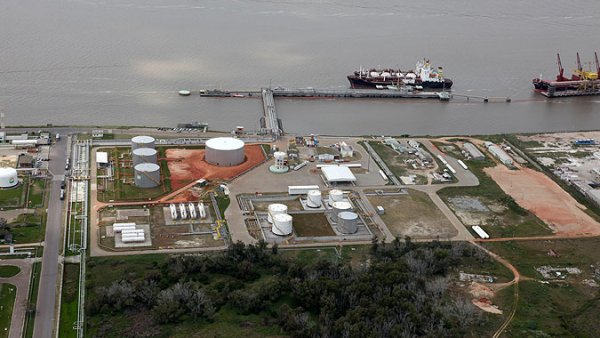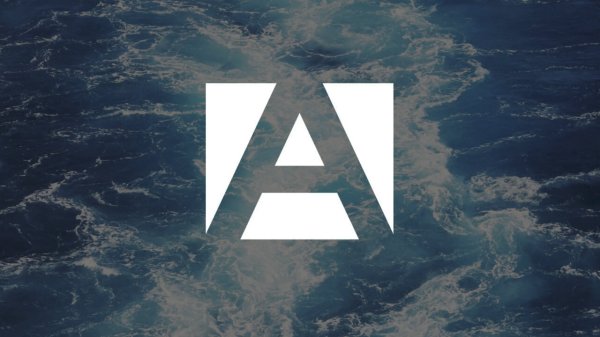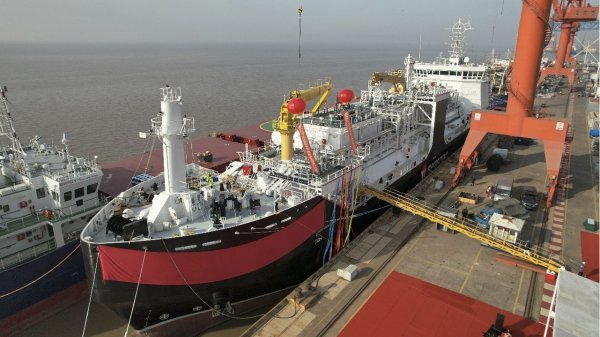Report: one year on from SECA directive's entry into force
Study examines the impact SECA regulations have had on the shipping sector in the Baltic region.
Baltic Ports Organization (BPO) has issued a report entitled 'EU Sulphur Directive - one year after its entry into force', examining the impact Sulphur Emission Control Area (SECA) regulations have had on the shipping sector in the Baltic region.
The report, composed by Dr Maciej Matczak and Monika Rozmarynowska-Mrozek, analyses the complex process of implementation of the SECA regulations in the North and Baltic Seas, some of world's busiest shipping areas.
Providing information on the achievement to date in implementing the 0.1 sulphur limits in marine fuel, it has a particular focus on the compliance methods employed by shipowners.
The report examines structures and surcharge levels implemented by shipping lines operating in the Baltic SECA. It found the costs of bunkering following a switch to marine diesel oil (MDO) did not increase during the first year of SECA implementation. The easiest compliance method, both from a technical and financial point of view, is believed to be via usage of distillate fuels. Distillates are currently attractive to shipping operators due to the 2015 drop in the oil prices and the changes to the bunkering market. Currently, 86 percent of SECA vessels are said to use distillates, whilst liquefied natural gas (LNG) and scrubbers are considered secondary solutions.
Of the approximately 160 vessels worldwide equipped with scrubbers, 83 of them are reported to be cruising the European SECA. Sixty-nine (43.1 percent) of these vessels belong to the ro-ro and ferry fleet (43.1 percent), making it the key target for implementing the scrubber technology.
The report also provides a summary of the actions undertaken by the EU Member States with the European Maritime Safety Agency (EMSA). In terms of compliance, the report shows that a high rate of compliance was observed during the first year. Whilst the majority of non-compliance cases were associated with erroneous entries in ship log books, a quite significant part of non-compliance results were associated with fuel used by ship operators.
The report, composed by Dr Maciej Matczak and Monika Rozmarynowska-Mrozek, analyses the complex process of implementation of the SECA regulations in the North and Baltic Seas, some of world's busiest shipping areas.
Providing information on the achievement to date in implementing the 0.1 sulphur limits in marine fuel, it has a particular focus on the compliance methods employed by shipowners.
The report examines structures and surcharge levels implemented by shipping lines operating in the Baltic SECA. It found the costs of bunkering following a switch to marine diesel oil (MDO) did not increase during the first year of SECA implementation. The easiest compliance method, both from a technical and financial point of view, is believed to be via usage of distillate fuels. Distillates are currently attractive to shipping operators due to the 2015 drop in the oil prices and the changes to the bunkering market. Currently, 86 percent of SECA vessels are said to use distillates, whilst liquefied natural gas (LNG) and scrubbers are considered secondary solutions.
Of the approximately 160 vessels worldwide equipped with scrubbers, 83 of them are reported to be cruising the European SECA. Sixty-nine (43.1 percent) of these vessels belong to the ro-ro and ferry fleet (43.1 percent), making it the key target for implementing the scrubber technology.
The report also provides a summary of the actions undertaken by the EU Member States with the European Maritime Safety Agency (EMSA). In terms of compliance, the report shows that a high rate of compliance was observed during the first year. Whilst the majority of non-compliance cases were associated with erroneous entries in ship log books, a quite significant part of non-compliance results were associated with fuel used by ship operators.

|
IMO approves pricing mechanism based on GHG intensity thresholds
Charges to be levied on ships that do not meet yearly GHG fuel intensity reduction targets. |
|
|
|
||

|
VARO Energy expands renewable portfolio with Preem acquisition
All-cash transaction expected to complete in the latter half of 2025. |
|
|
|
||

|
NYK trials biofuel in milestone coal carrier test
Vessel is used to test biofuel for domestic utility company. |
|
|
|
||

|
H-Line Shipping orders LNG bunkering vessel
Vessel with 18,000-cbm capacity to run on both LNG and MDO. |
|
|
|
||

|
How to engineer and manage green shipping fuels | Stanley George, VPS
Effective management strategies and insights for evolving fuel use. |
|
|
|
||

|
Swedish government bans scrubber wastewater discharges
Discharges from open-loop scrubbers to be prohibited in Swedish waters from July 2025. |
|
|
|
||

|
MAN Energy Solutions achieves 100% load milestone for ammonia engine
Latest tests validate fuel injection system throughout the entire load curve. |
|
|
|
||

|
Petrobras secures ISCC EU RED certification for B24 biofuel blend at Rio Grande
Blend consisting of 24% FAME is said to have been rigorously tested to meet international standards. |
|
|
|
||

|
Stolt-Nielsen to fully control Avenir LNG with acquisition
Share purchase agreement to buy all shares from Golar LNG and Aequitas. |
|
|
|
||

|
Bureau Veritas supports launch of CIMC SOE's LNG bunkering vessel
Handover of Seaspan Energy's cutting-edge 7,600-cbm vessel completed. |
|
|
|
||
Related Links
- · Study suggests levy could cut NOx emissions by 70% [Insights]
- · MEPC 'failed to achieve the required minimum outcome' [Insights]
- · ICS 'welcomes progress' on CO2 reduction at IMO meeting [Insights]
- · Carnival fined for breaching Sydney's 0.1% sulphur limit [Insights]
- · ICS calls for 'immediate' decision on IMO sulphur cap [Insights]

